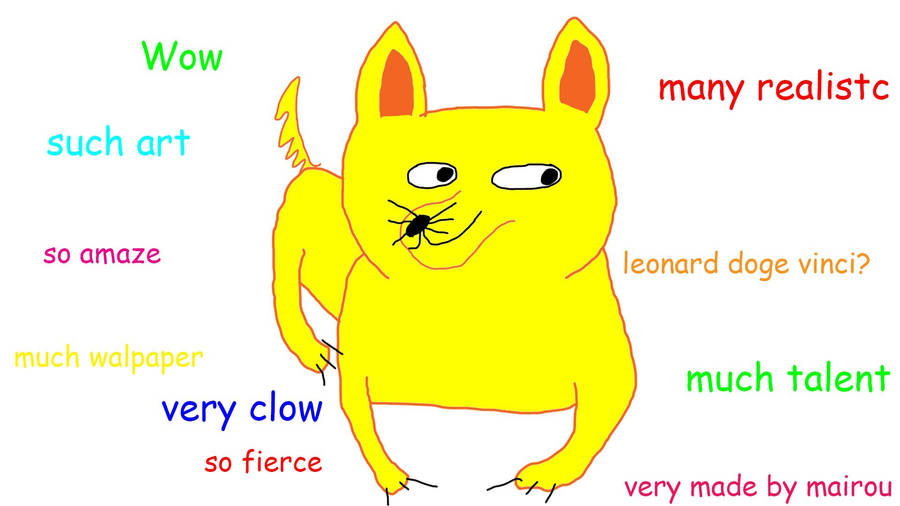There are some days that you’re just not going to forget, no matter how long it’s been since that fateful day and how many bumps on the head you have endured in the passing years. Yesterday was one of those days. As you know if you’ve been following this blog at all, I’m a bit of a fan of hiking and I’ve been loving weekly hikes to various spots in Chiang Mai. I’ve done Doi Suthep a few times, last week was a hike to PhuPing Palace and then yesterday, my walking group and I did the big one- Doi Pui. Over the course of 6 and a half hours, we traversed 16km of jungle terrain, both up and down (mostly up) and saw not only beautiful landscapes, views and villages but we also got to see some 13th century ruins, local farms, and insane trail runners taking part in a 160km “fun” run which lasts for three days.

The hike, as usual started at 7:30, so I hopped on my bike around 6:45 so I could make it with plenty of time to pop to the market for a carb loading breakfast of plain sticky rice and boiled pumpkin (BEST.) and grab some snacks (almonds, apples and dried mixed fruit) for our epic adventure. I would later regret riding to our start point, but to be honest, it was nice to run the legs through the motions on the way home as a bit of active recovery!
As the clock ticked over to 7:30, our extremely efficient and organised leader hustled all 26 of us onto two songtaews who drove us to Huey Tung Tao Lake where the hike would begin. It started reasonably innocently; a flat field of ripening bananas stretched before us, leading to the base of some… significant… mountains. These were our destination. As we walked toward our start point, we joked about snakes until someone pointed out a, thankfully, headless one on the side of the road.
Right. I would NOT be advertising my Australianness nor would my eyes be straying from the trail too much. That said, I wasn’t overly concerned as our group was huuuuge and with the amount of noise we were making, I’m impressed we saw any wildlife at all. No live snakes materialised through the hike and the only encounter we had with any sort of animal was a leech on someone’s pants, mosquitos for days every time we stopped to wait and the obligatory rivers of ants which crisscrossed along the trail.

Far too quickly, we reached the trailhead and started our relatively easy ascent to our first stop- the Helipad. This section of the hike was reasonably well marked, steep but smooth, and reasonably easy. For those playing at home, it was about the level of the lyrebird track in the middle… and the view was worth any discomfort. It was beautiful from the helipad and we all enjoyed snapping selfies, sharing our snacks and swapping stories about our backgrounds and what brought us to Chiang Mai. I always love this part of the treks- meeting everyone and hearing their stories. So many different people from different walks of life come to the mountain and trekking binds people together in a way that nothing else seems to. It must be the fact we see each other in all our sweaty glory- any pretence, language barrier or class fades away on the trail. All that matters is that you put one foot in front of the other and keep on walking.

After a while, everyone started looking much too content and relaxed so our fearless leader prompted us to continue up the trail… and this- he warned us- was the hard part. And the snakiest bit.

His warning was not unwarranted. BUT our next stop was the hill tribe village which had coffee so many people were definitely spurred on by this promise. It was an extremely steep climb and it was unrelenting. There really was, at many points, no end in sight, and it felt like you were just going to have to climb forever. At this stage, most conversation was at a minimum as we all focused on the path in front of us, the person in front of us, the poisonous snake that COULD be in front of us… But then we reached a ridge and we were suddenly between two valleys, overlooking fields and jungle. The views were unparalleled and completely different to those at the helipad, even within the same hike!
 After a while, including many false finishes, we reached the hill tribe village were some workers deemed us crazy (we all agreed with them at this point) and we all had some coffee or tea. Some hikers also partook in some Thai energy/electrolyte drinks which they said certainly had an effect on them! The coffee the shops was using is grown in the hilltribes themselves and is apparently, excellent. Some trekkers bought some beans to take back with them. It was really amazing to visit the hill tribes- it wasn’t touristy and there was barely anything catered for “farang”, just the few coffee shops we spread ourselves between. It was clear that these people weren’t being exploited by trekking companies and being “sold” as living monuments but this was just their life and they acknowledged that sometimes, insane hikers would come through and coffee is always a big seller!
After a while, including many false finishes, we reached the hill tribe village were some workers deemed us crazy (we all agreed with them at this point) and we all had some coffee or tea. Some hikers also partook in some Thai energy/electrolyte drinks which they said certainly had an effect on them! The coffee the shops was using is grown in the hilltribes themselves and is apparently, excellent. Some trekkers bought some beans to take back with them. It was really amazing to visit the hill tribes- it wasn’t touristy and there was barely anything catered for “farang”, just the few coffee shops we spread ourselves between. It was clear that these people weren’t being exploited by trekking companies and being “sold” as living monuments but this was just their life and they acknowledged that sometimes, insane hikers would come through and coffee is always a big seller!


After this, we set off to our highest point- the view point of Doi Pui. Our leader warned us that this part was also extremely steep- but that we wouldn’t notice because of the view. Now, to be fair, I think my legs noticed, but my breath wasn’t just taken away by the hike but by the landscape which stretched out far below me when we reached the top. We were above the clouds and the serenity was overwhelming. It was very peaceful and the mountain vistas were seriously calming. A cool breeze was ever present and all of a sudden, I felt like I could hike for days.


Luckily, because we still had more to go.
Most of the rest of the way was downhill (not my fave) but this trail offered its own surprises like 13th century ruins and a cute little campsite which seemed to be basically abandoned- not many people came all the way up here. We eventually scrambled down to Phu Ping palace, slipping on muddy slopes and making me extremely glad that we had all agreed to take a songtaew from PP back to our meeting point. I hate down hills and today’s hike only confirmed that they hate me too.

So, we hopped in the back of our red trucks, trundled down the hill and finally, after 6.5 hours reached our original start point. It was an incredible hike, a beautiful day, and an experience I’ll never forget. Many thanks to our fearless leader, the lovely Aussie I borrowed a long sleeve shirt from when it started to become EXTREMELY chilly and to the whole group who constantly encouraged each other through the hard bits and the easy bits.

Next week, I’m going on a paid trek to Doi Inthanon and I’ll be honest, it’s going to have to be pretty amazing to beat this one, but I’m sure it’ll be incredible in its own spectacular way.
Missing you all. Will post a general life update soon.
Mwa!
Amy xx







